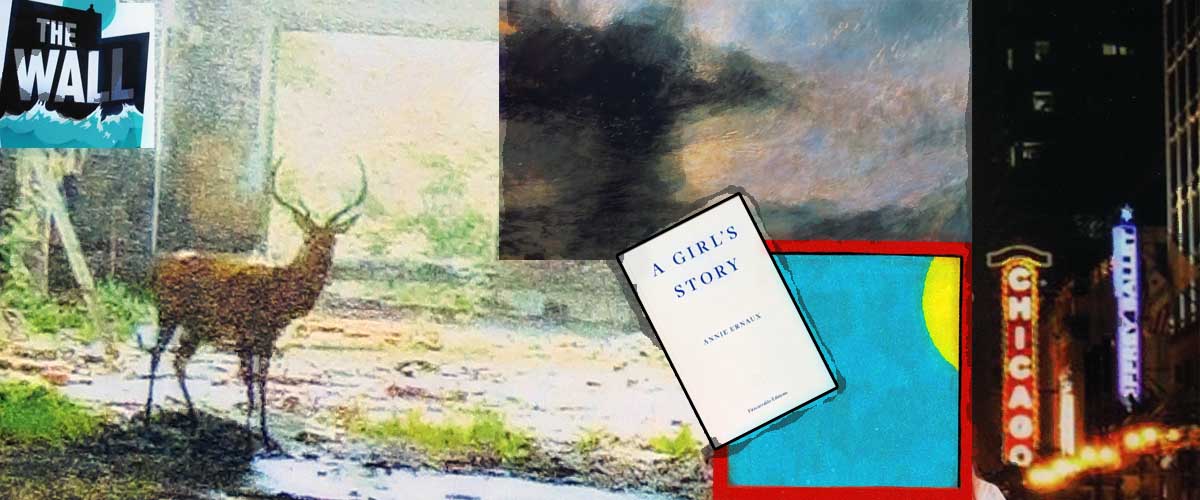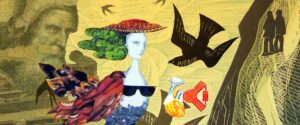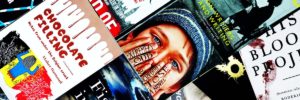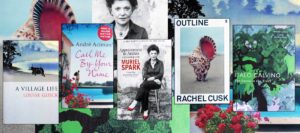This was a good first quarter. My hope was to read twelve titles all the way through to the end. I achieved that – even when I missed reading on fifteen days out of the ninety. What follows is a potted review of the highlights, from Station Eleven via The Wall to Passage to Juneau, and a complete list of the twelve at the end for good measure. Click here to go to the book list in one mighty leap.
Emily at Station Eleven
The stand-out discovery this quarter was author Emily St John Mandel. I bought Station Eleven at the very end of last year. It was the only title of hers in the shop after the Christmas rush. I’d come across her in an article online – she was interviewed in Slate – which quoted her Twitter feed:
Friends, did you know that if you have a Wikipedia page and you get a divorce, the only way to update your Wikipedia is to say you are divorced in an interview? … So anyway all I want for Christmas is for a journalist writing a story for publication (online-only is fine!) to ask me if I’m still married.
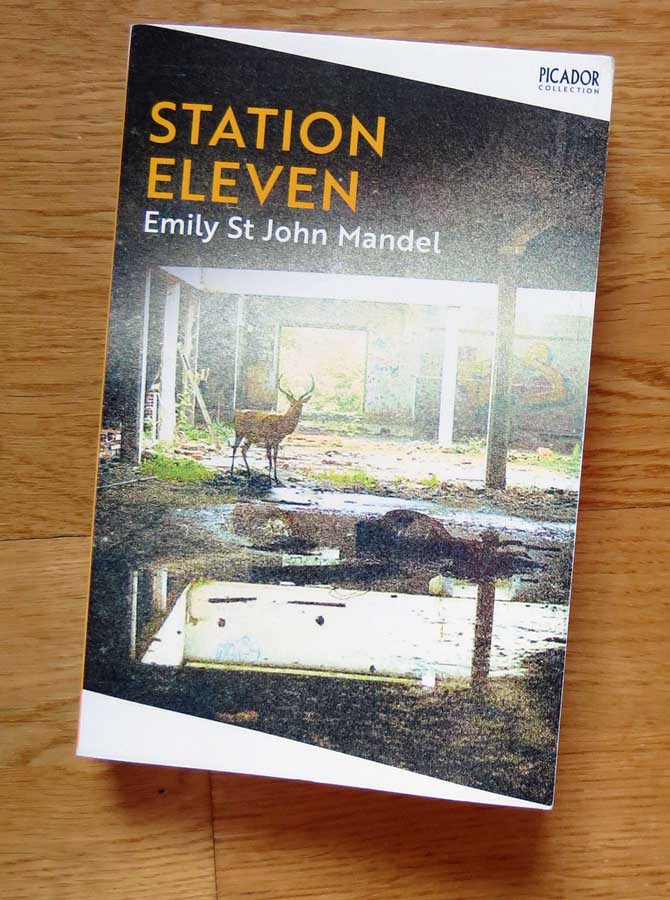
I though, She sounds interesting. I swear I’d never heard of her before. Turns out Station Eleven was published in 2014, won numerous awards (all deserved) and was then adapted as a streamed TV series on HBO in 2021. The young shop assistant who sold me the book recognised the front page image. (It’s used to advertise the TV series.) She told me enthusiastically how much she’d like the series. She’d not read the book though.
Not choosing to waste my time and money on HBO, I had to make do with the written word. I was so knocked out that I went back to the shop at the end of January, after they’d had time to restock, and bought copies of The Glass Hotel and Sea of Tranquillity, St John Mandel’s two subsequent volumes. The Glass Hotel was as enjoyable as Station Eleven, though different. I’m saving Sea of Tranquillity for the second quarter. (I may go searching for some of her earlier titles too.)
Another brick in The Wall
After Station Eleven, but before I bought The Glass Hotel, I went online and asked for suggestions of similar books. I didn’t make a note of the website I used, which is a pity because, unlike the majority of the sites I’ve just turned up now, looking for it, it wasn’t fixated on an American readership. It pointed me, very satisfactorily, to The Wall by John Lanchester.
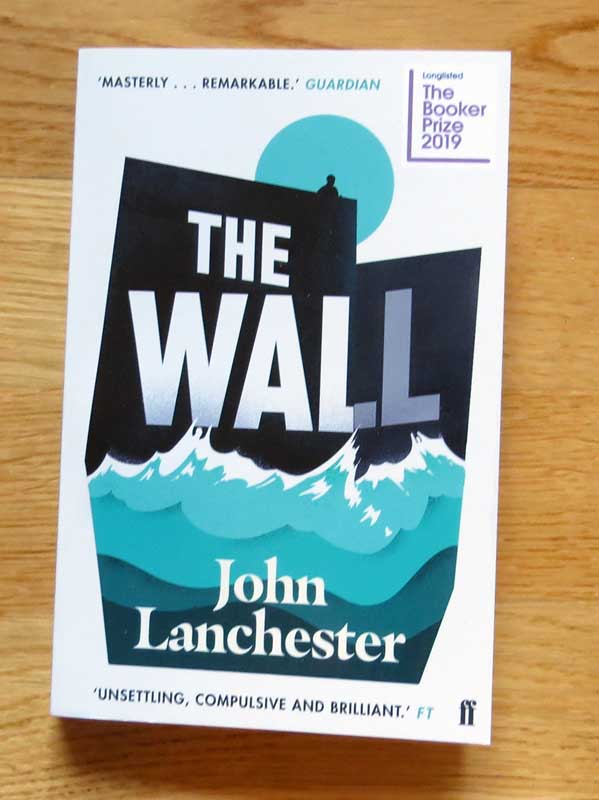
The Wall is similar to Station Eleven only in the sense of being set in a slightly future iteration of this world following the impact of one major change. In Station Eleven, the major change is a mutated virus, in The Wall it’s climate change and rising sea levels. The Wall is a very British book and, for a future-fiction novel, very much a reflection of current English concerns. (And I do mean English rather than British.) It’s set in a country and a society obsessed by the fear of the invading Others. The Others come in small boats from across the sea. The Wall itself is a cross between a sea defence and military defence. It is guarded by Defenders who risk being themselves put out to sea in small boats if they fail to prevent incursions by the Others.
Are Friends Electric?
I ended the quarter with another dose of SF, this time from Kazuo Ishiguro. Klara in Klara and the Sun is an AF – an Artificial Friend – with the appearance of a young teenage girl. We talk a lot about Artificial Intelligence at present, about whether machines have, or are developing the ability to think like humans. Thinking is one thing we do, but nobody seems to be talking about Emotional Intelligence in respect of machines intelligence. So it’s refreshing to read about Klara, who has clearly been designed to act as an emotional support for an isolated child.
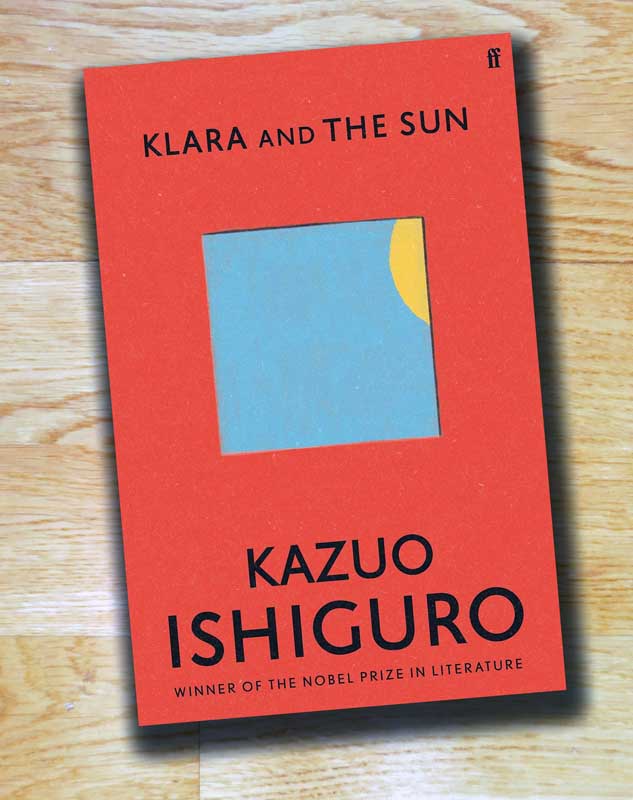
In Klara’s world, which again is apparently set in a close future, genetic advances allow children, teenagers, to be Raised. This seems to involve a viral infection carrying enhanced genes, but it’s risky. Some children reject the infection and can die. Klara is bought as an Artificial Friend for 14 year old Josie who appears to be suffering from a cancer or chemotherapy. Instead, Josie turns out to be sick from because she her body is resisting being Raised. Klara is a good robot, but she suffers from the Dunning-Kruger effect. She doesn’t understand how little she understands and believes she understand much more. The humans around her don’t understand her either, or what she is and is not capable of.
For Klara, the sun is her source of (solar) power and she assumes this is the same for humans. She also doesn’t understand what the sun is and treats it like a distracted but generally benevolent god. She prays to the sun on Josie’s behalf, and when Josie’s improvement coincides with the sun coming out from behind black storm clouds, Klara is convinced in her belief.
Teenage memories – Annie
Apart from Science Fiction, a lot of this quarter’s reading has been taken up with memoir in various forms. The first memoir I completed this year was Annie Ernaux’s A Girl’s Story. This is a fascinating account of her life as a teenager, from just after she leaves school to just after she begins to study at university. It’s also a discussion of how to go about writing a memoir, and a description of how Annie Ernaux gathered her material for this book. Above all it’s a discussion of how to interrogate the past, ones memories and the various interpretations one has put on the experiences one has lived through.
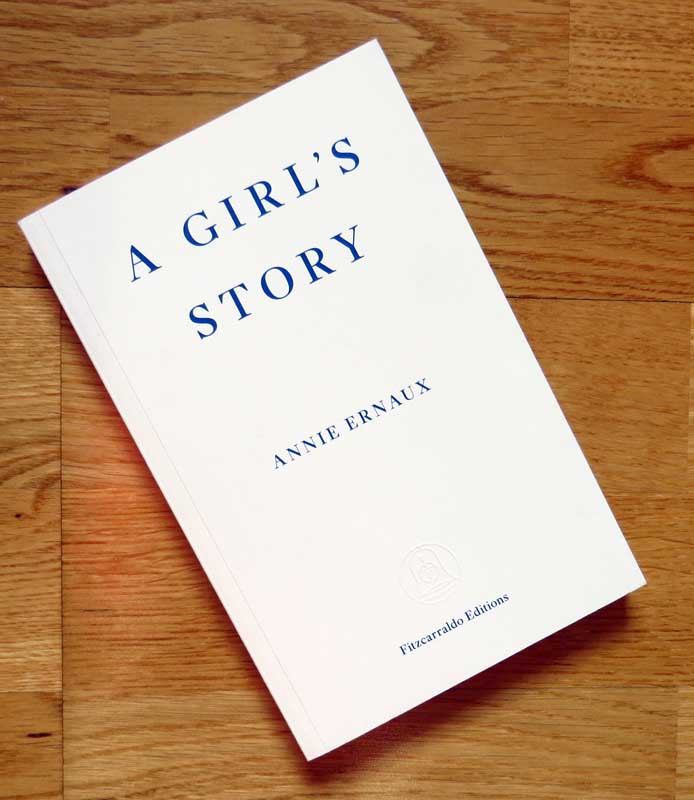
Ernaux explains how she has repeatedly tried to write this story of her distant self. To tell the story of the naïve teenager from the small town general store who went off to work as a summer camp “leader” when she was barely old enough. To describe the rape she was subjected to by one of her male colleagues. (She still hesitates to call it a rape.) And to explore the consequences it had for her.
Teenage memories – Bruce
Bruce Dodson’s Dearie is completely different. It doesn’t distance itself from remembered events and characters, but plunges in with them. Bruce is about the same age as Annie in A Girl’s Story, though displaced in time and place. The events of Dearie take place in the USA in the later 1960s. The summer before his final school year, Bruce gets to move from his small town home to Chicago. Here he gets to stay with his mother’s old friend Ruth, known as Dearie. He has a summer job and a car, and he is in the big city. But all the things that happen to him this summer revolve around his relationship with Dearie, who is the principle character of the book.
Does the sea remember?
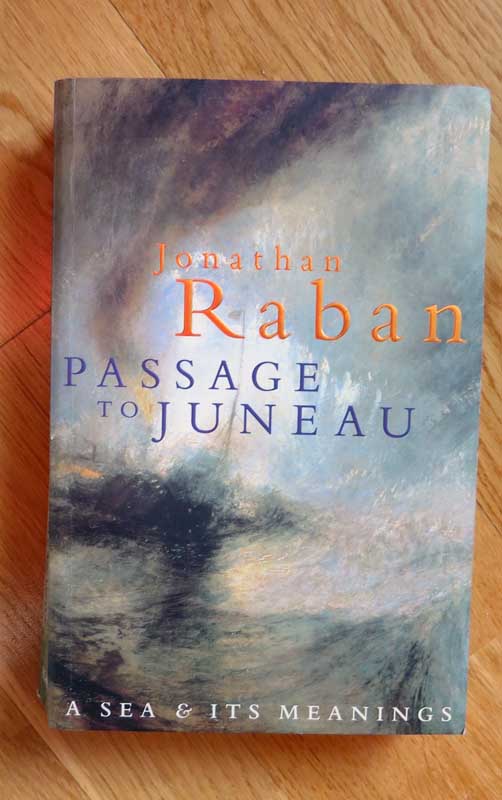
My third memoir is Jonathan Raban’s Passage to Juneau, and this is different again. Couched as a travel book, Raban follows in the wake of Captain George Vancouver among others. Vancouver’s 1791-1795 expedition explored and charted the channels and islands of the north-west coast of America. This being Raban, the story is as much about the people, ships and sailing he meets along the way. And the family crises he has to deal with. His father dies, his wife leaves him.
Passage to Juneau has the distinction of being at one and the same time too long and too short. It’s too long on the details of water and sailing, too short on the characters. Especially the female characters. Especially his wife. Yes, it’s a travel book, but Raban made a career out of his ability to tell travel stories in the form of a novel, with characters and crises, climaxes , reversals and resolutions. But in Passage to Juneau he isn’t able to round out the character of his wife such that, when she leaves him, I give much of a damn. How many wives did he get through in his life? Four was it? And they all left him? Maybe he just wasn’t an easy man to live with.
So there you are, not the only books I read, but a representative selection. And below is the complete list.
Book list
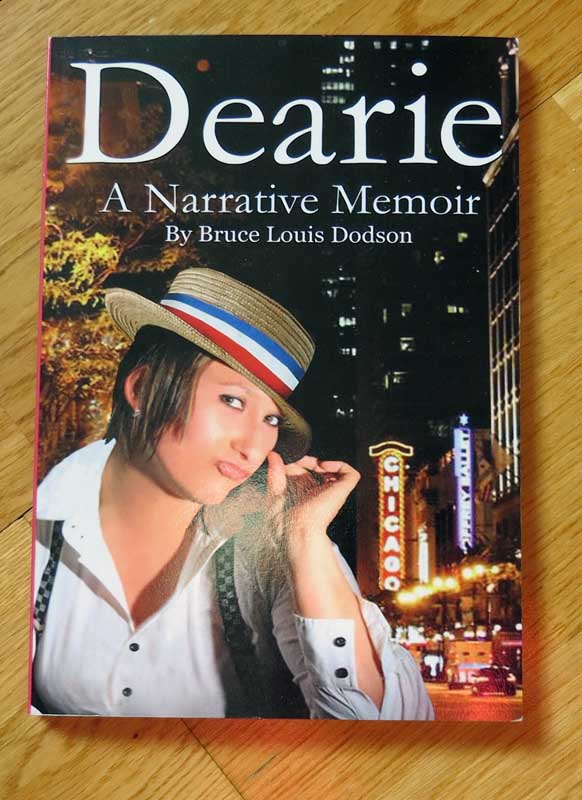
Here are the books I completed reading this quarter, in the order I completed them.
- The Good Doctor by Damon Galgut (novel, 215 pages, read in 6 days)
- Station Eleven by Emily St John Mandel (novel – SF, near future, 330 pages, read in 7 days)
- A Girl’s Story (Mémoire de Fille) by Annie Ernaux (trans Alison L Strayer) (memoir, 106 pages, read in 8 days)
- Alice’s Adventures in Wonderland by Lewis Carroll (children’s fiction, c.113 pages, read in 4 days
- Dearie – A Narrative Memoir by Bruce Louis Dodson (memoir, 152 pages, re-read in 7 days)
- I dina händer by Malin Persson Giolito (novel, crime, 407 pages, read in 12 days – my Swedish book of the quarter)
- The Glass Hotel by Emily St John Mandel (novel, 301 pages, read in 8 days)
- Passage to Juneau by Jonathan Raban (memoir, travel, 435 pages, read in 23 days)
- Art Objects by Jeanette Winterson (essays on art and writing, 192 pages, a dip-into book read on odd days since last autumn)
- The Wall by John Lanchester (novel, SF, near future, 276 pages, read in 7 days)
- It Ends with Us by Coleen Hoover (novel, romance, 386 pages, read in 8 days with some skipping)
- Klara and the Sun by Kazuo Ishiguro (novel, SF 301 pages, read in 7 days)

